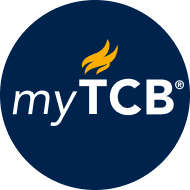
Significant age shifts in global workforces mean that businesses often have a mix of four—sometimes five—generations working together. A multigenerational workforce can improve business performance and productivity—but leaders must take proactive steps to build an age inclusive workplace.

myTCB® Members get exclusive access to webcasts, publications, data and analysis, plus discounts to events.
